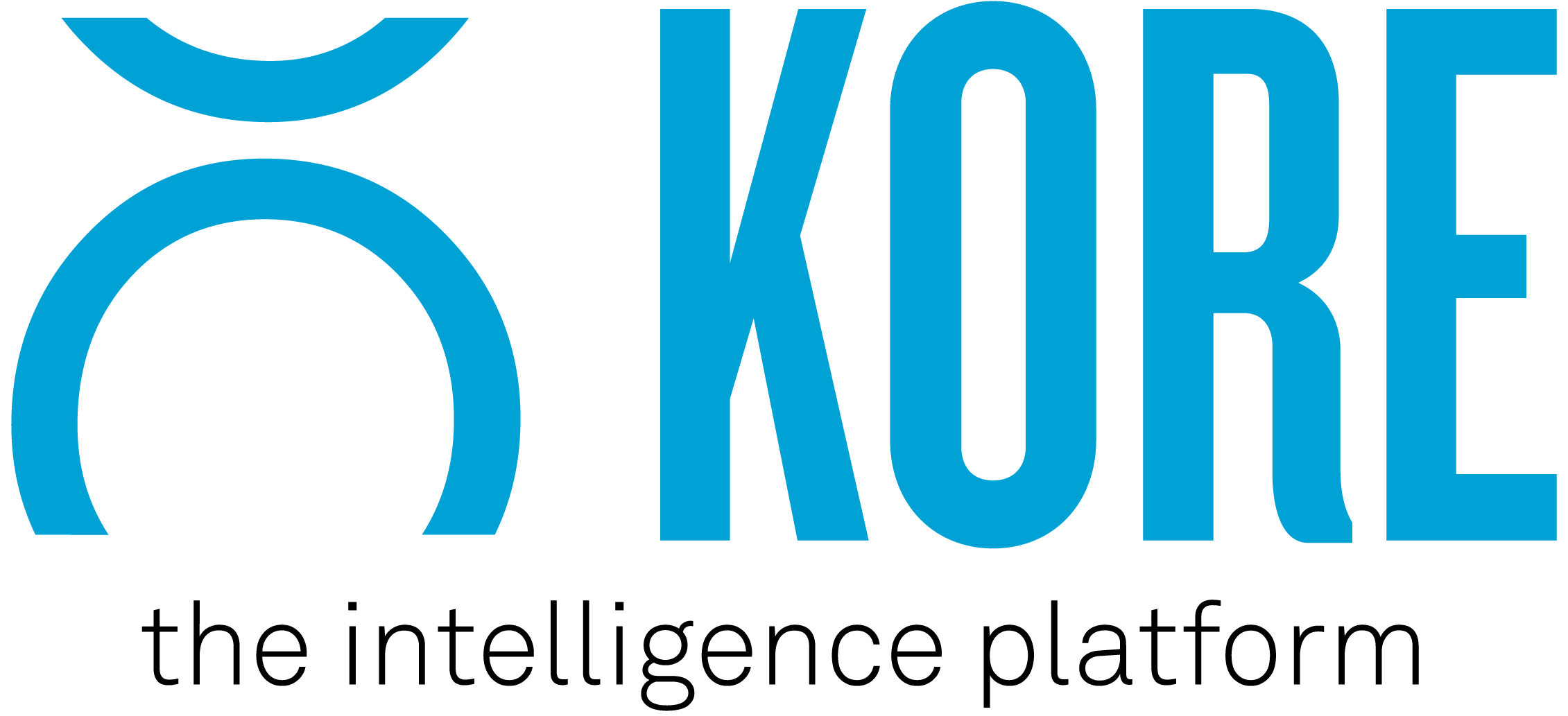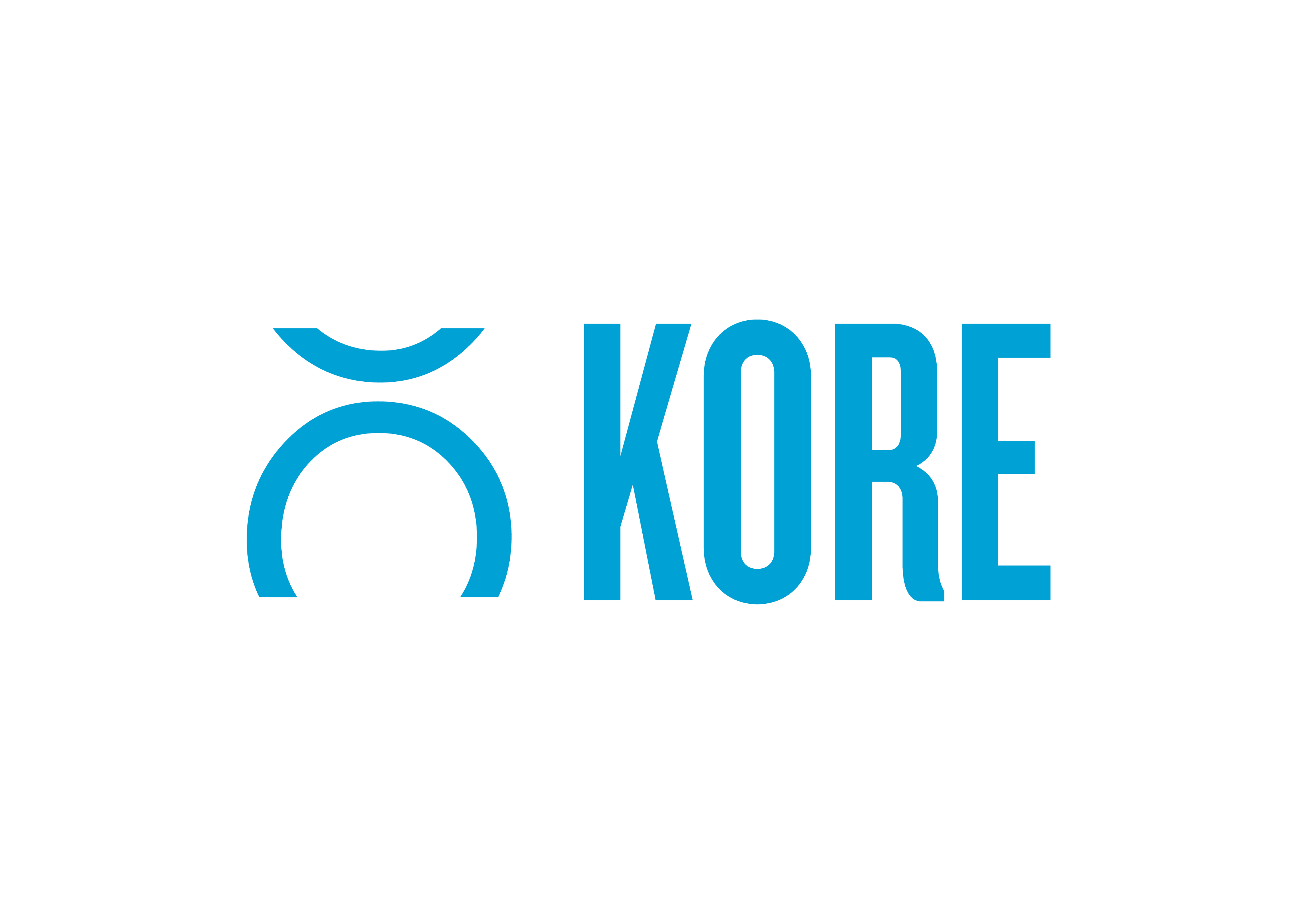Over the next few months, we’re going to begin seeing a range of Trends in Sponsorship reports bouncing around. For the most part, these are great if we pay attention to what is being said and implement changes relevant to ourselves. We also know, however, that plenty of us just read the report and then either delete it or save it in a ‘Research’ folder somewhere.
Sometimes, the trends are things that we just don’t see coming, some are applicable to our business, and others couldn’t be any less relevant to us or further in the future to warrant any attention. We can also usually predict what some of these reports are going to say because, as an industry, we’re already talking about them. What they don’t do is explore what we can’t see or what is beneath those trends, what’s driving these trends, and how things are going to impact us on a day-to-day level as well as from a strategic perspective.
Here’s my take on some of the trends that we’re not talking about enough at the moment.
1. Team structures are changing
The best rights holders split their sponsorship teams into selling AND servicing. Success on this side of a deal is now a much more complex beast than it ever was. As such, hitting sales targets is not enough if we’re not consistently fulfilling and delivering the deals at a high standard.
This trend is all about a seamless transition from pre-sale conversations to complete fulfillment and the best rights holders have split their teams into two in order to accommodate this.
Ask anyone who has sat on both sides and they’ll tell you it’s too hard to juggle both roles.
Arsenal, Sydney Swans, and Live Nation are examples of sponsorship teams who are absolutely nailing this across various industries. They have split their teams to maximise the skillsets of both sides. Selling sponsorship relies on imagination, negotiation, and persistence.
Servicing, however, requires attention to detail, flexibility, and a little bit of personality (no one likes a boring WIP meeting!).
When splitting the teams, we can fully dedicate time to sourcing and securing new opportunities whilst also maximising and fulfilling existing deals. There might even be time to scale the deal if things have gone according to plan.
2. Sponsorship strategies are getting bigger
Sponsorship deals need more than just one strategy and a handful of overarching objectives. We’ve seen this concept rear its head consistently but it’s not prevalent enough even though it speaks to both rights holders and brands.
With sponsorship deals becoming more complex, there is an increasing need to develop sub-strategies and objectives for each category within a sponsorship deal e.g. activations, experiential, digital etc. We can’t expect to still just bundle together different benefits and accept that it will help achieve some cliché overarching objectives.
Most of the time a sponsorship deal, for any brand, will form part of an existing marketing plan and is used to further leverage it’s reach, engagement, and exposure. So, keep in mind that the use of traditional assets, like ticketing or hospitality, can’t help a brand achieve the same thing a digital campaign or something experiential can.
3. Ownership of measurement is changing
Put simply, brands need to take some ownership of sponsorship measurement.
With most sponsorship deals, the rights holder owns the measurement. It’s usually a budgeted expense whereby a third party conducts an audit of the portfolio and provides insights accordingly. The fact that brands, traditionally, have no input into this process is mind-boggling simply because a rights holder can make a report say whatever they want it to. If the brand isn’t measuring as well, then they will likely just accept the report as gospel. The less involvement a brand has in the data that it uses to measure success, the higher the risk.
In an ideal world, brands can pay for their own research to cross-reference what has been presented by the rights holder. That can, however, get expensive at the best of times. A much easier and cost-effective method is splitting the costs as part of the sponsorship deal. That way, neither party stands to gain more depending on what the data suggests.
There are some very smart minds driving this trend from the agency space which means the bigger brands are already thinking about this; if not doing it already.
4. The structure and need for sponsorship proposals are changing
As an industry, we send far too many proposals. Can you believe brands are still receiving printed proposals in the mail? Some don’t even have the right name or company on them!
This one is for rights holders. Stop wasting time and resources creating a proposal template that will go out to thousands of prospects. They’ve seen it all before and chances are you’re not the only one who has sent them a proposal. Not to mention that most will follow a similar pattern in promoting the rights holder the whole time as opposed to focusing on what the brand wants to achieve and how they can help.
Hit the rewind button and do an audit of your audience; who are your members, customers, or those who simply buy things you sell? Look at their purchasing habits, behaviours, and also the categories you currently sell in. Once you’ve found some audiences you haven’t connected with, THEN reach out to brands who act in this space and ask for ADVICE. Get specific on who you want to reach and why.
If the conversations are constructive enough then you won’t need to create or send a proposal to get in the door. You might get asked for something formal once you start fleshing out ideas, however, this is something that should be created via a brief from the brand and not just a stack of info slides.
5. The source of sponsorship revenue is changing
Traditional benefits are starting to leave big holes in budgets. This trend speaks to directly to sponsorship sales vs sponsorship marketing.
Do a quick audit of all sponsorship deals that you’ve signed in the past three years. Chances are that the revenue attributed to standard, traditional benefits like ticketing, hospitality, and EDM advertising isn’t as high as it once was. Quick tip – the solution is not to try and sell more.
Brands are just not as interested in these benefits like they used to be. Brands spend a lot of time and resources staying up-to-date with their customers or members needs and wants and to do this they also have to adapt how they connect, engage, and/or sell their products. If they’re doing it right, the benefits they receive through sponsorship will fall into their engagement strategies.
Before the next budgeting cycle starts, and if you’re not doing this already, break down your budget by benefit category. Look at your hard costs to deliver each type, the value you sell them at, and even your margins. Highlight the top 10 benefit types that have performed consistently over a three-year period and then the bottom five that have either plateaued or declined over the same time. Straight away, you will gain insight as to where the bulk of revenue comes from and what needs improving or replacing.
If you need to replace benefits, be sure to consult your sponsors about the engagement strategies. This might give you some ideas on what you can create.
KORE is the global leader in engagement marketing solutions, serving more than 200 professional teams and 850+ sports and entertainment properties worldwide, providing practical tools and services to harness customer data, facilitate sponsorship sales and activation, and create actionable insights.



